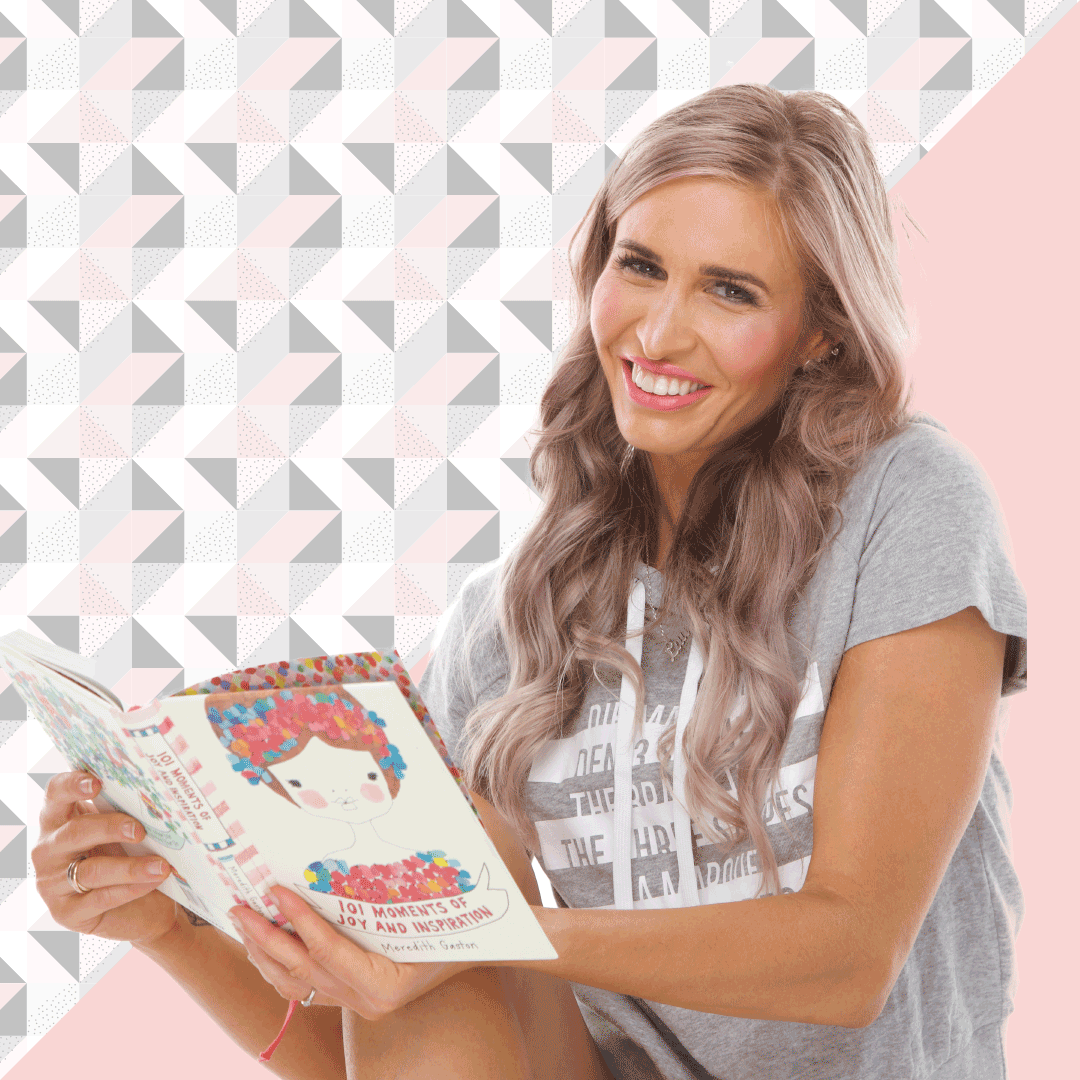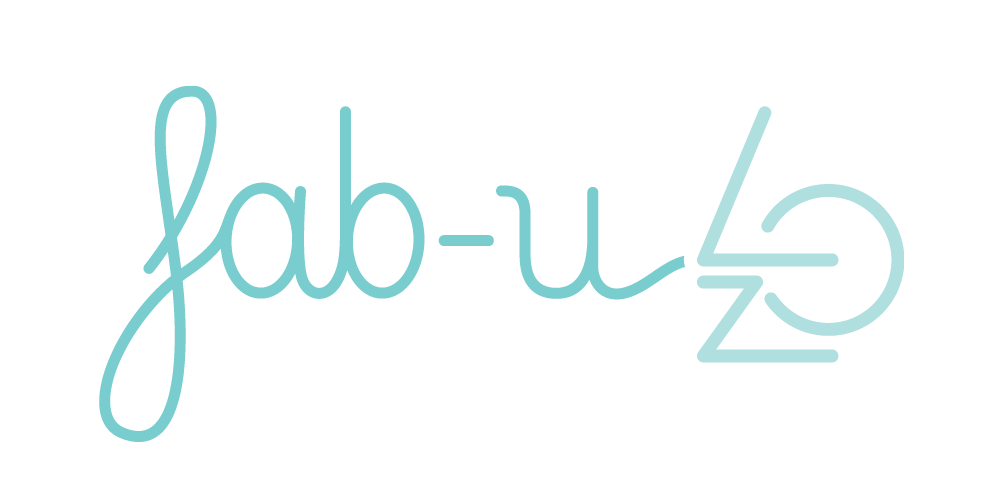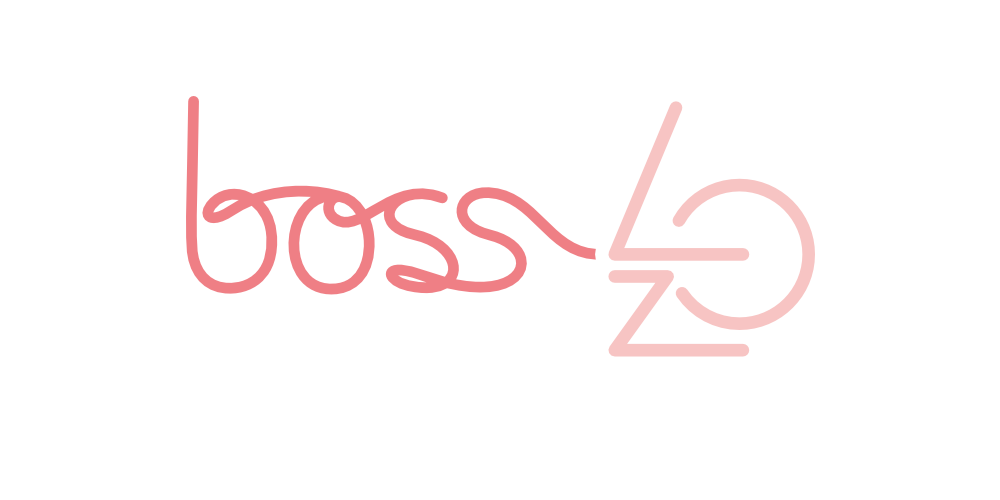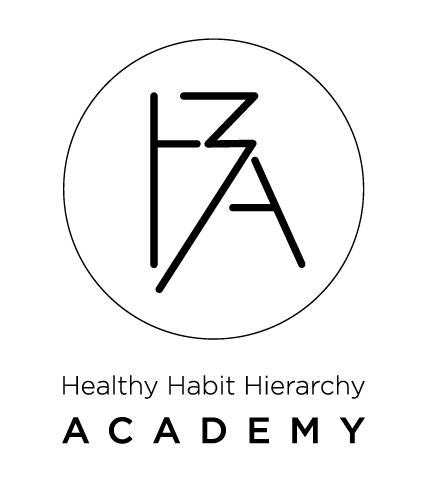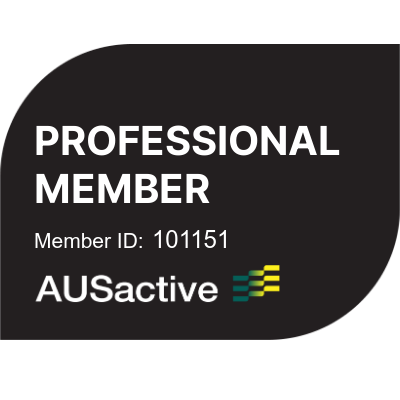Back in the day, meditation was reserved for your weird friend’s equally weird parents. You know the ones – with the house full of crystals, bells, and exotic music. But as it turns out, they might have been on to something!
Modern scientific research into the benefits of practicing meditation is increasingly revealing some pretty amazing things.
As it turns out, meditation is a wellness powerhouse, with benefits that include reduced stress levels, the increased capacity to manage pain, improved focus, better connection with others and greater self-acceptance!
If you’ve been nervous to give it a try or just don’t know where to start, consider this Mindfulness Meditation 101 – everything you need to get started, laying a good groundwork for you to build on later as your confidence grows.
But first, why meditate?
As meditation becomes more mainstream, you may wonder why you should try it.
These are the science-backed benefits. It could:
- Reduce stress
- Help control anxiety
- Increase mindfulness
- Encourage mental wellness and good emotional health
- Improve your self-awareness
- Improve your focus and attention span
- Slow age-related memory problems
- Help you tackle addictions
- Improve your sleep
- Help control pain
- Reduce blood pressure
- Help you feel kinder
Scientific research into meditation is showing that it is a very powerful tool for increasing your wellbeing and health, so I guess the question actually is – why not?
Meditation steps
So now that you know why, it’s time to learn how and get started!
Step 1: Don’t overthink it
Many people feel that they couldn’t possibly meditate because it seems so complex and inaccessible.
In truth, meditation is exactly the opposite of that! You start with some basic principles which you can use anywhere, and as you practise, you’ll get better over time.
There’s no need to go in perfect, so get out of your head and get started!
Step 2: Pick your spot
Take a seat somewhere peaceful and quiet. You should feel comfortable enough to sit still for the allocated length of time, but still able to maintain good posture.
Step 3: Decide on your session length
Meditation requires you to sit fairly still and keep your mind from running away with random thoughts, so it’s worth starting with short segments of time. Five minutes a day is a good start.
Increase your session length when it feels right.
Step 4: Become conscious of your body
As you start your meditation practise, take note of how your body feels. Take the time to assess each body part.
Where are you holding tension? Try to breathe this tension away as you notice it.
Where are you feeling pain? Let your breath deliver healing oxygen to your body and visualise the pain easing.
Where do you feel good? Savour this feeling as you breathe in and out.
Step 5: Become conscious of your breath
Now that you’ve checked in with your body, releasing tension and pain where you could, take some time to follow your breath in and out.
Notice the way your lungs feel energised with each new breath, and how this energy spreads out into your body.
Step 6: Deal with your wandering mind
After you’ve checked in with yourself and focussed on your breathing for some time, it is almost inevitable that your mind will start wandering.
This is the step where many people give up, thinking they just can’t do it right. The truth is it happens to everyone.
Sometimes we notice our minds wandering at the beginning of a thought, and sometimes we’ve gone down a 5-minute rabbit-hole of a fiery imaginary conversation with the annoying co-worker!
It doesn’t matter when you notice, just push pause as soon as you do. Now return to mindfully noticing your breathing.
Over time your ability to retain focus will improve, benefitting not just your meditation but your whole life.
Finish your session gently
When it’s time to finish up, transition back to your day slowly.
Start by becoming more conscious of the things outside your body, surrounding you.
What can you hear?
What can you smell?
When you’re ready, gently open your eyes and notice your surroundings.
Ease back into your daily tasks – maybe have a glass of water or a quick walk in the sunshine to make the most of your calmer mindset.
What’s next?
Meditation is extremely beneficial, especially as you work towards developing healthier habits and smashing your goals.
If you are keen to experience the benefits for yourself but feel like you still need a little help, I have few things you can take advantage of to help you along.
If you’d like to be guided through the process, from beginner up, join my 21 Day Meditation Challenge
Or are you keen for a unique meditation experience? Grab yourself a Muse Meditation Headband and translate your brain and body activity into the guiding sounds of weather. Can you calm the storm?

